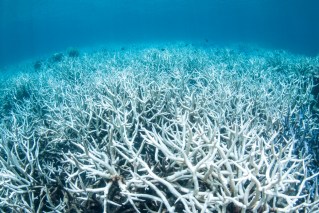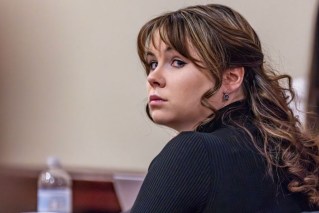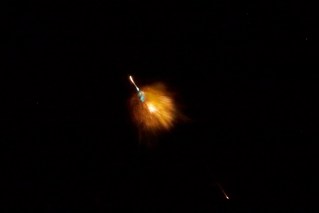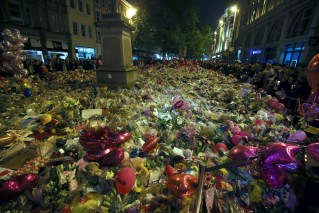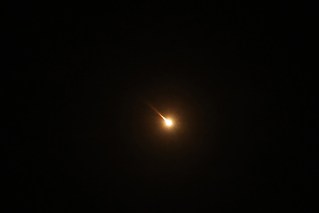Nobel Peace Prize winner Nadia Murad’s horrific story of rape and survival

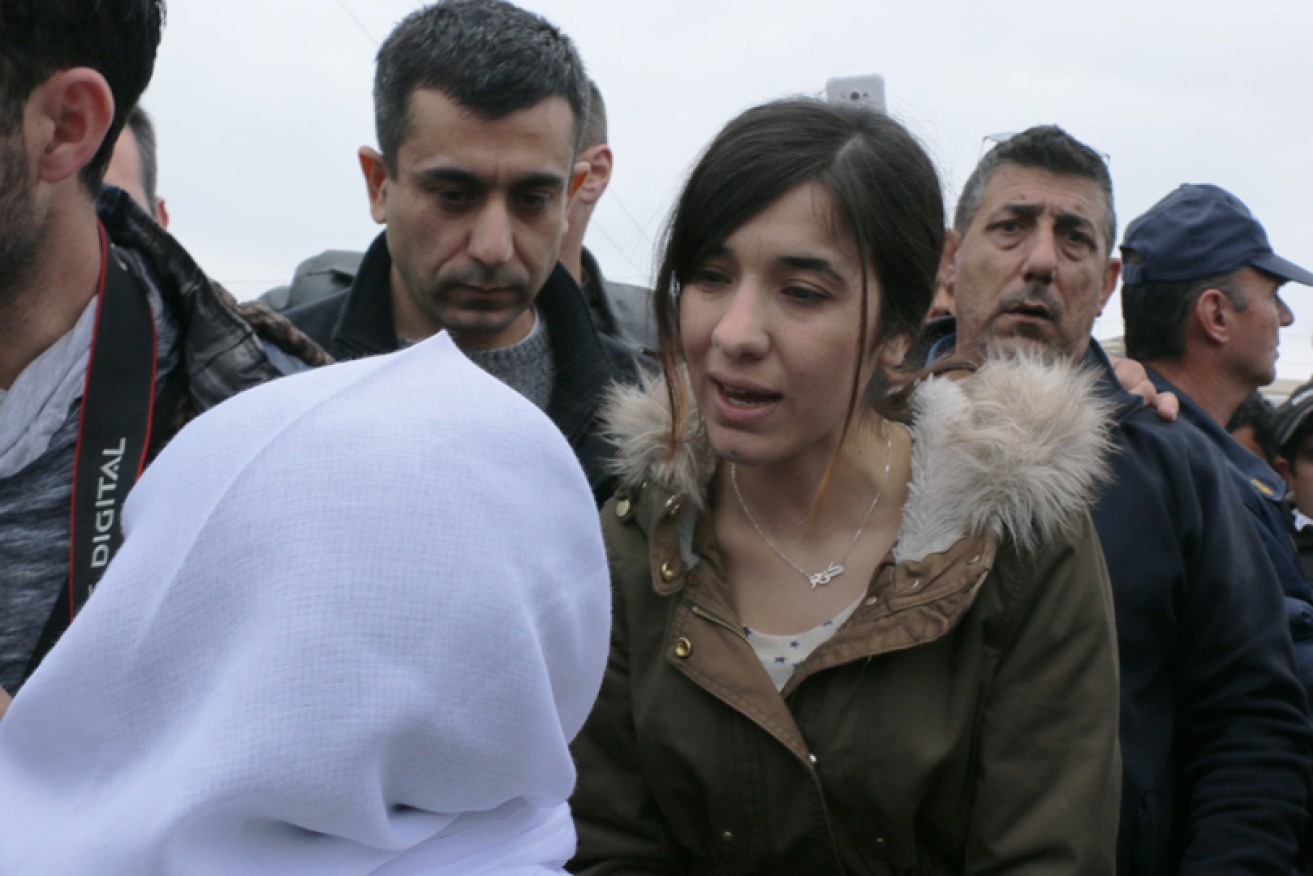
Nadia Murad in a refugee camp in Greece on April 3, 2016. Photo: Getty
Shut in a building with 1000 other women, Nadia Murad knew and feared what would happen to her next. It was August 2014 and the 21-year-old student and farmworker from a small Iraqi village was an ISIS prisoner.
The terrible fate that awaited Ms Murad changed her life, but not just in horrific and unimaginable ways. On October 5 the former Iraqi student won the Nobel Peace Prize. She now counts Amal Clooney as a friend and is soon to be the subject of an acclaimed movie.
As magazine stories tell it, the reluctant celebrity and anti-rape activist shies from fame but not her cause.
Small and shy, she is a woman who avoids eye contact and would rather not have to relate and relive her terrible personal history.
But as 1843 magazine put it in a story on her in its February/March 2017 edition, among her people Ms Murad “is better known and more admired than any other woman on Earth.”

Ms Murad in Washington in March 2016. Photo: Getty
Of the thousands of former prisoners of ISIS, so far she is the only one willing to publicly and repeatedly testify about what happened to her.
A month before the 2014 day that changed Ms Murad’s life, ISIS fighters invaded her community of Kocho. On August 15, everyone in the village was rounded up at the local school, where the women watched as their men were led away.
Within an hour 312 were murdered, according to reports, including six of Ms Murad’s brothers and stepbrothers.
Older women, including Ms Murad’s mother, were executed, while the young women and children were bussed to Mosul, then the main ISIS stronghold in Iraq.
Herded with friends and strangers into a building, Nadia was kept under lock and key until what she calls “the slave market” opened at night.
In her autobiography, The Last Girl: My Story of Captivity and My Fight Against the Islamic State, she said when the first man entered the room “all the girls started screaming. It was like the scene of an explosion. We moaned as though wounded.”
Some of the terrified women vomited from sheer, overpowering fear, Ms Murad wrote, but the militants were merciless. “They gravitated toward the most beautiful girls first, asking, ‘How old are you?’ and examining their hair and mouths.”
As she has recounted, Ms Murad was chosen by an enormous man who looked “like a monster” and “kicked and beat her” as she pleaded with a smaller man to take her.
A few days later, the jihadist forced her to get dressed and put on make-up. “Then, on that terrible night, he did it,” she told 1843.
In her interview with the magazine, she said she was raped daily. One day she tried to escape through a window, an incident she recalled to the BBC.
“I was immediately caught by one of the guards who put me in a room. Under their rules a captured woman becomes a spoil of war if she is caught trying to escape,” Ms Murad told the BBC.
She said she was put in a cell and gang raped: “Afterward, I couldn’t think of even trying to escape again.”
The man who ‘owned’ Ms Murad decided to sell her on, she said, and “he told me to wash myself and get ready to be sold to someone else.”
Desperate, she found a way to leave the compound when her captor left a door unlocked. A Muslim family helped her escape to the border and from there she eventually found her way to safety in Germany, where she was accepted as a refugee in 2015.
With Ms Clooney as her lawyer, Ms Murad has been been the inspiration for a strategy that aims to make sure the issue of sex slavery remains in the headlines.
On September 22, 2016, the pair addressed the United Nations. Ms Murad drew tears, and Ms Clooney said she was “ashamed” that “girls like Nadia can have their bodies sold and used as battlefields.”

Ms Murad and Amal Clooney at the United Nations in September 2017. Photo: Getty
As well as sharing her story, Ms Murad has visited refugee camps and addressed heads of state, using her personal ordeal to illustrate how slavery is used as a tool by ISIS.
In 2016, after campaigning for the release of thousands of Yazidi women held in camps, she became the first UN goodwill ambassador for survivors of trafficking.
The same year, she was jointly awarded the Sakharov Prize, Europe’s prestigious human rights award. And in August she announced her engagement to fellow Yezidi activist Abid Shamdeen.
“The struggle of our people brought us together and we will continue this path together,” the couple said.
In the upcoming film On Her Shoulders, Ms Murad says she “would like not to have to tell people what happened to me”, but she bravely perseveres while working for the day when “the terrorists” are brought to justice. “Then I will be worth something,” she says.

